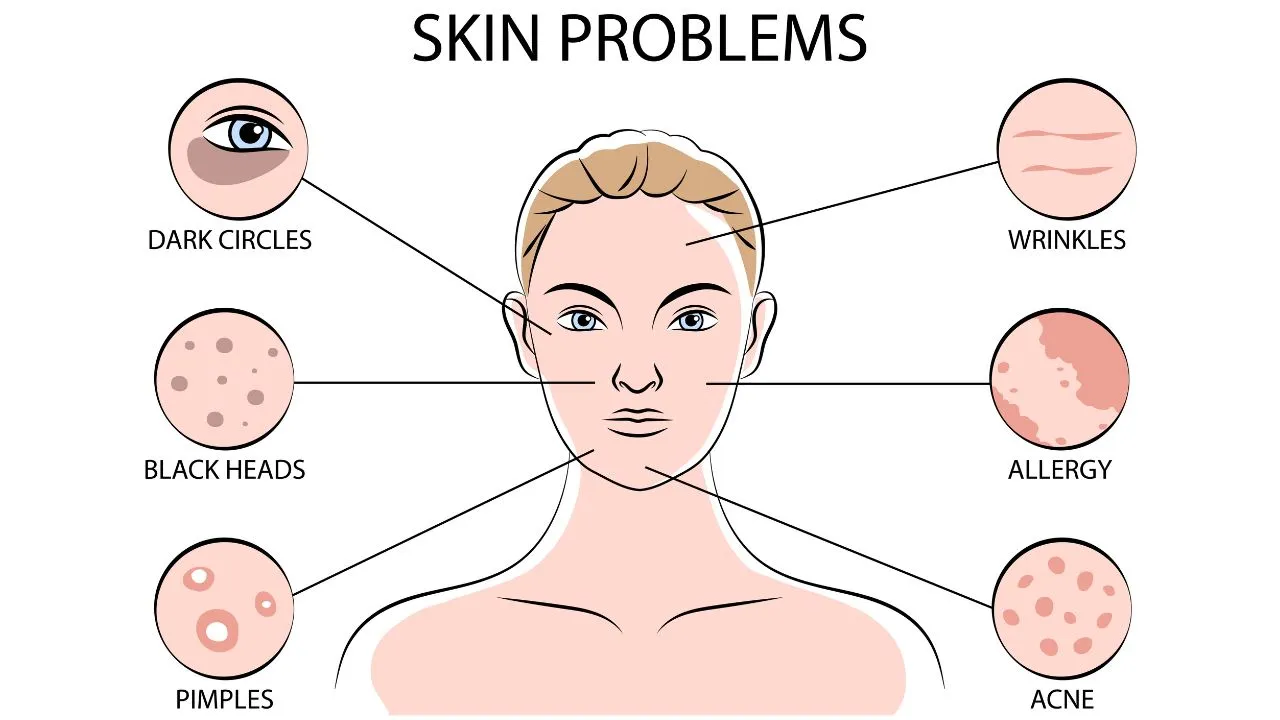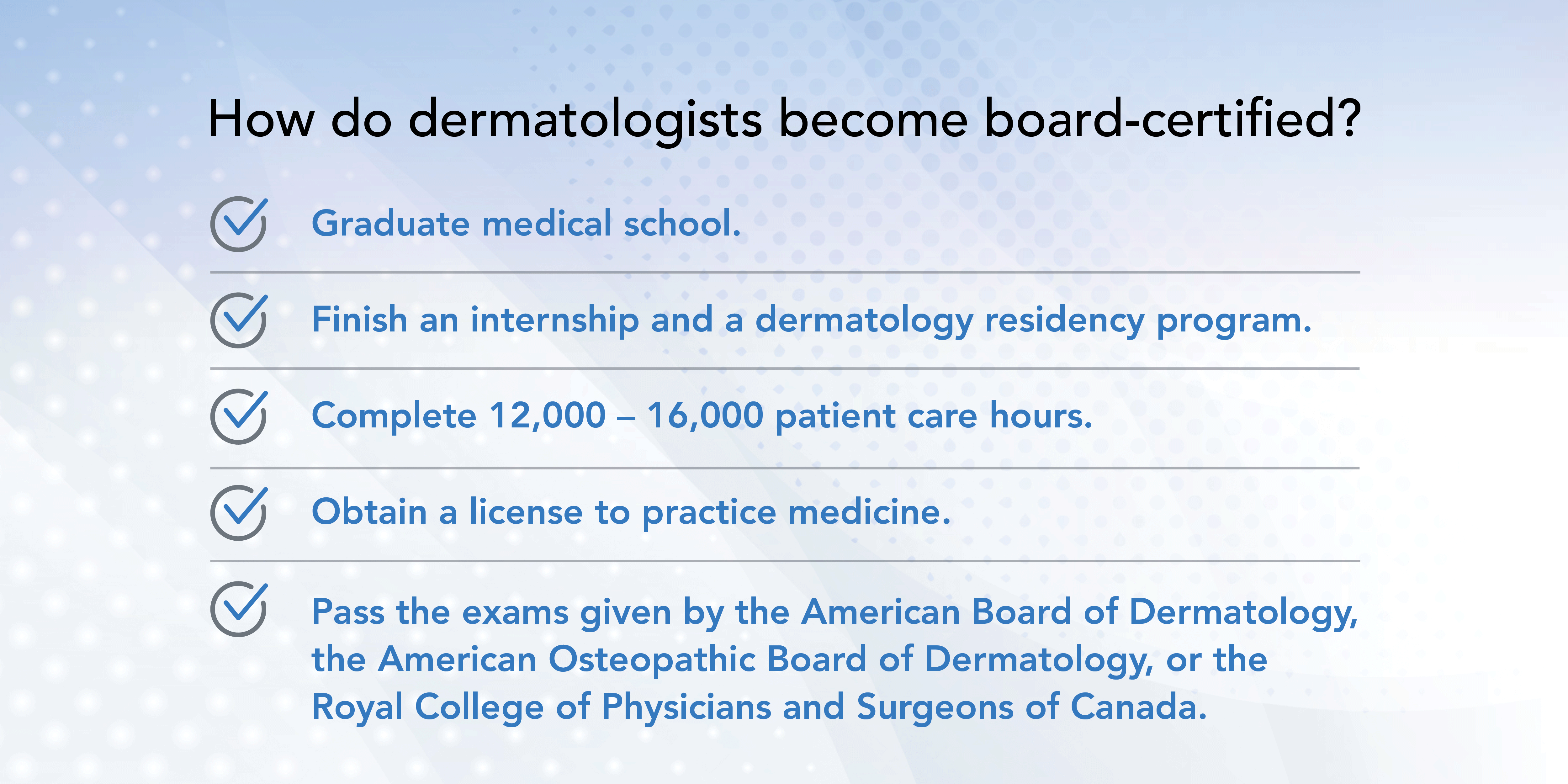Give your skin a fresh start with a professional chemical peel.
Give your skin a fresh start with a professional chemical peel.
Blog Article
Navigating Skin Cancer Therapy: The Crucial Function of Mohs in Modern Dermatology Practices
Skin cancer cells, a complicated medical diagnosis, typically leaves people grappling with various therapy alternatives. As we explore the details of this treatment, one will appreciate its essential role in skin cancer treatment.
Recognizing Skin Cancer Cells: Types and Dangers
Skin cancer cells, a possibly dangerous ailment, is even more common than lots of people realize. This disease, triggered by the unchecked development of abnormal skin cells, primarily results from DNA damage because of direct exposure to the sunlight and ultraviolet (UV) light. There are 3 major sorts of skin cancer: Basic cell cancer, Squamous cell carcinoma, and Melanoma. While the former 2 are less deadly and make up the bulk of identified cases, cancer malignancy is one of the most dangerous. It accounts for only regarding 1% of skin cancer cells instances but causes the vast majority of skin cancer deaths - skin cancer. Threat factors include fair skin, history of sunburn, extreme sun exposure, living at high altitudes or near the equator, having lots of moles, a family history of skin cancer cells, and damaged body immune system.
What Is Mohs Surgery and How It's Reinventing Skin Cancer Cells Treatment
In spite of the many therapies presently readily available for skin cancer cells, Mohs surgical procedure stands out as a groundbreaking and highly effective solution. Named after Frederic E. Mohs, the physician who established the procedure, Mohs surgical treatment is an exact surgical method utilized to treat skin cancer. This level of precision, combined with the ability to spare as much healthy and balanced cells as feasible, is changing skin cancer cells therapy.
The Benefits of Mohs Surgical Treatment Over Standard Skin Cancer Treatments
Building on the cutting-edge nature of Mohs surgery, it's crucial to consider its numerous benefits over conventional skin cancer cells treatments. Unlike common procedures, Mohs offers a higher cure rate, usually reaching 99% for newbie treatments and 94% for recurring cancers. Additionally, it decreases damages to healthy and balanced skin, leading to less scarring and improved aesthetic end results.
The Treatment of Mohs Surgical Treatment: What to Expect During the Process

Potential Side Impacts and Post-Operative Treatment of Mohs Surgery
Undertaking Mohs surgery, like any type of various other procedure, includes possible negative effects that individuals need to recognize. Typical side results consist of discomfort, bruising, and swelling at the surgical treatment website. Nonetheless, these are typically momentary and convenient with over-the-counter pain medication and ice bag. In uncommon instances, patients may experience infection, bleeding, or an allergic reaction to the regional anesthetic. Post-operative care is vital to recovery and minimizing adverse effects. This generally includes keeping the wound clean and dry, taking proposed medicines, and preventing difficult activities. Individuals must likewise go to all follow-up visits for wound care and monitoring. Sometimes, added therapies might be needed to make sure total removal of the cancerous cells. Abiding by these post-operative treatment guidelines can significantly Full Article enhance recovery and outcomes.
Final thought

Report this page